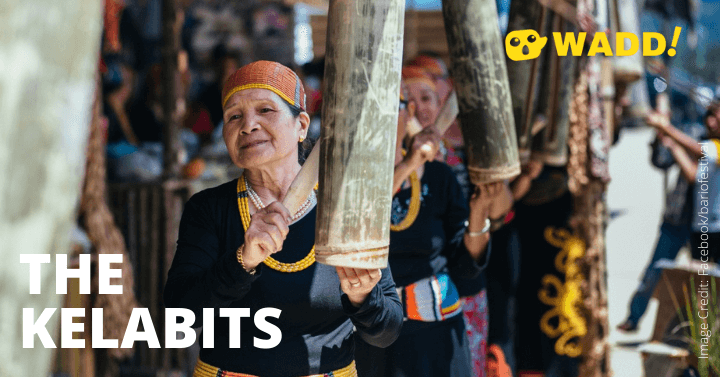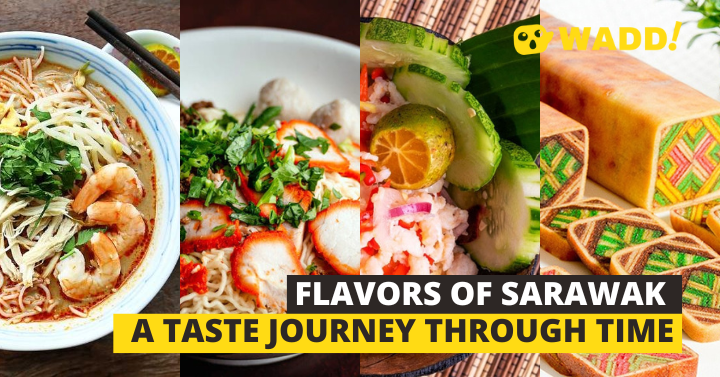The Kelabits are one of the smallest ethnic groups in Sarawak. They are best known as the tight-knit community of Bario Highlands, located in the east of Miri near the Sarawak-Kalimantan border.
Though many reside outside of the highlands for work and education, Bario remains home.
The best time to visit the Bario Highlands would be during the annual 3-day Bario Food Festival - Pesta Nukenen, as the occasion is a celebration of Kelabit’s food, culture, and heritage! You will find yourself welcomed by a community that is warm, friendly, always with fascinating stories from their ancestors, and ever so eager to share their culture with others.
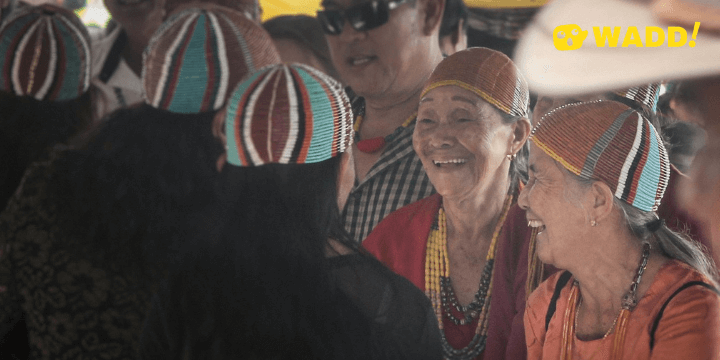
Bario is known as 'The Land of a Thousand Handshakes' Image source via Facebook/BarioFoodFestival
The Kelabits are predominantly Christians today. Aside from their dialects, one other way to distinguish the tribe from other natives in Sarawak is through their distinctive beadwork called the alai. In the past, these beads signified one’s status in the community. In the olden days, beads were also the currency. The older and the more exotic the beads, the greater their value. The beads are passed through generations and become highly treasured heirlooms for the community. Here in Sarawak, you can still see these yellow oblong beads adorning the Kelabit women, especially during festive occasions.
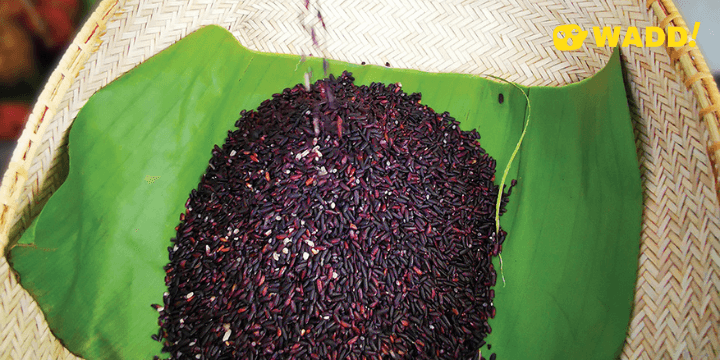
Bario Rice
Most who live in the highlands are healthy and physically fit with their active lifestyle as farmers. For generations, the daily social and economic activities of the highlanders have revolved around rice cultivation. These fresh produces are not just for sale but also for domestic consumption. Just like the Alai, the tribe also has its unique agriculture methods and cuisines. With geographical location of 3,280 ft above sea level and alongside the waterways, the climate is cool and windy; hence, the Bario Adan Rice is produced. Bario is also known for its natural salt products from the mountain’s salt springs and also for its pineapple produce.
Kelabit food is one of Sarawak’s best-kept secrets.
In earlier times, ingredients derive mainly from hunting and foraging. The Kelabits use clay pots for cooking. Most ingredients and modern utensils are now available in town markets and villages.
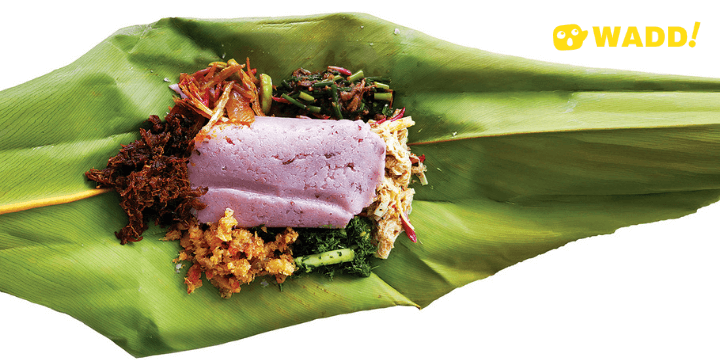
A Wholesome Kelabit Meal
In a Kelabit kitchen, you will regularly find condiments such as Udung Ubih (pounded cassava leaves), Labo Senutu’ (pounded smoked meat), and the occasional dish of fish, Ab’ng. The Kelabits also love their humble and simple soup, boiled from smoked meats of various types.
These everyday farm-to-table dishes for the community are amongst the distinctive cuisines that in Sarawak, and here are two recipes to giveaway so you can serve them in your kitchen too!
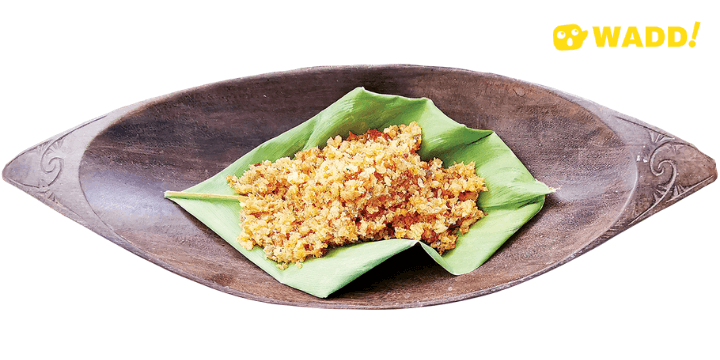
Ab'ng (Native-style Seasoned Fish Floss)
AB’NG (Native-Style Seasoned Fish Floss)
Ingredients (For 2 – 4 pax servings)
- 1 – 1.2 kgs of Whole Fish with guts and scales removed (Preferably Ikan Sultan or any other fatty fish)
- 30g Ginger
- 6 Garlic Cloves
- 3 Stalks of Lemongrass (Use only the bulb)
- 4 tbs. Vegetable Oil
- 2 tsp. Salt
- 3g Peppercorns
- 1 tsp. Rice Vinegar
*Optional:
1g Tenem (Wild Pepper Berries)
Methods:
- Cut fish into 2 – 3 parts, depending on preferred size for steaming. Steam for twenty (20) minutes under high heat.
- Leave fish to cool before deboning.
- Pound garlic, ginger and lemongrass bulbs well.
- Crack the peppercorns (if preferred).
- Crack the tenem berries (if preferred).
- Heat oil in a pan under medium heat.
- Add pounded garlic, ginger and lemongrass into the pan. Stir until fragrant, then reduce heat to low.
- Add in the fish. Stir slowly to mix ingredients well.
- Add in crushed pepper and tenem berries (as desired).
- Increase heat to medium. Continue to cook for 5 min. Add salt to taste. Add a teaspoon of rice vinegar and stir well. Cook for another 8 min or until dry. The fish mix should not be wet.
- Serve with Nuba’ Laya (Bario Adan Rice) for best dish pairing.
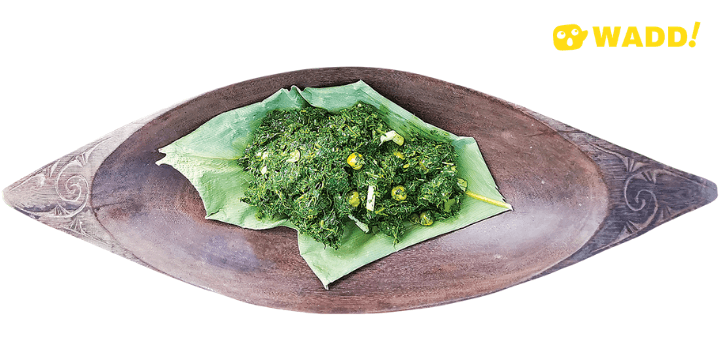
Udung Ubih Ruying Ubud Tubu' Buen Ngan Bua' Ulem (Pounded Cassava Leaves cooked with wild shoots and crushed turkey berry)
Udung Ubih Ruying Ubud Tubu' Buen Ngan Bua' Ulem (Pounded Cassava Leaves cooked with wild shoots and crushed turkey berry)
Ingredients (For 2 – 4 pax servings)
- 500g Cassava Leaves
- 30g Tepus (Etlingera Coccinea Shoots) with skin removed
- 50g Turkey Berries (Terung Pipit)
- 15g Ginger
- 4 Garlic Cloves
- 1 tsp. Salt
- 1⁄2 cup Vegetable Oil
- 1⁄2 cup of Drinking Water
Methods:
- Pound the cassava leaves with a stone pestle in small batches until the leaves are well crushed. Add in garlic and ginger (in
small batches) to be pounded to the consistency of a paste. Continue until all are evenly pounded. - Crush the turkey berries.
- Cut the mild shoots into 1-inch strips.
- Heat vegetable oil in a wok under medium heat.
- Add in turkey berries and shoots. Stir fry until the shoots are mildly fragrant but do be careful not to burn or dry them out.
- Add in the pounded mix of cassava leaves, ginger, and garlic. Stir vigorously to mix well with the oil.
- Add in a teaspoon of salt to taste. Continue to stir.
- Add in the 1⁄2 cup of drinking water and increase heat to high for about two (2) minutes. Stir occasionally.
- Reduce the heat to medium and let it simmer. The dish is done once the cassava leaves are thicker and slightly dry.
*Note: The dish is still undercooked if the cassava leaves are still olive green in colour. Only when the leaves turn dark green does it indicates that it is well-cooked. - Serve with Nuba’ Laya (Bario Adan Rice) for best dish pairing.
An Original Of WADD’s (previously Happenings in Sarawak) Article
Recipe prepared by Ryan Tidan Bryce Jolly

